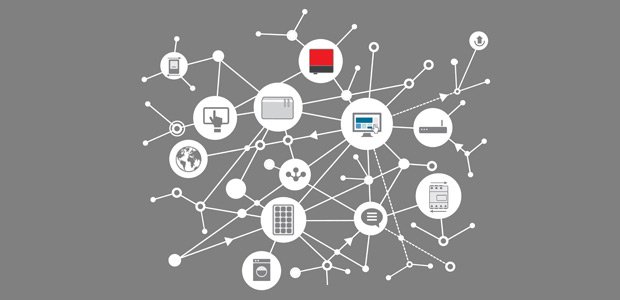SMA Is Opening Its Doors to Third-Party Suppliers

SMA recently published development documentation for inverters and SMA energy management on SMA Developer. We talked to Martin Volkmar, Product Manager for SMA Smart Home, about the motives and benefits as well as perspectives in terms of an international standard.
What made you decide to take this step?
We published our interfaces in order to encourage development by third-party providers. Now, they can visualize data from our inverters and reuse it in their systems. Ultimately, this is about making users more independent: by integrating the interface protocol in their devices, device manufacturers are participating in energy management in the SMA Smart Home.
What exactly are you publishing?
SMA Developer contains various protocols for communicating with SMA products. The protocols that we just published are Modbus and Simple Energy Management Protocol (SEMP). The Modbus protocol, now supported by virtually all SMA inverters, can be used to read data from the inverters. In addition to this SMA Modbus protocol, we have a second Modbus-based protocol interface known as the SunSpec format. This is a standardized format created by the SunSpec Alliance. The Modbus interfaces can be used to expose generation data, error statuses and other inverter parameters and visualize energy flows. They can also be used to configure inverters for ancillary service provision. The SEMP protocol, by contrast, is for the Sunny Home Manager. The Sunny Home Manager uses data exchanged over SEMP to perform energy management for an appliance.
Does that mean that all devices – even non-SMA ones – can now support energy management? If so, how?
By exposing the interface to the Sunny Home Manager, we are allowing manufacturers to develop washing machines, electric heaters, heat pumps and other appliances that can communicate their energy requirements to the energy manager. The Sunny Home Manager can then fit the appliance into its energy plan and operate it based on solar power availability. Manufacturers can tap into this functionality over the SEMP interface and integrate it into their smart appliances. They thus become part of the energy management ecosystem that makes up the SMA Smart Home.
What companies are already on board?
One of our partners is Stiebel Eltron. Its heat pumps can communicate their energy requirements to the Sunny Home Manager. We also collaborate with Mennekes. Its electric car charging stations tell the SMA energy manager how much energy they need to charge the car batteries. These alliances make sure that electric cars and heat pumps can run on clean, low-cost solar power.
Everyone in Europe is looking forward to the common EEBUS communications standard. Can you tell us where things currently stand?
The EEBUS is making progress. The current pre-release version will be put through its paces one more time at the 3rd “Plugfest” this December. The test will look at whether everything works properly, whether the various devices can find each other in the network, and whether the data is being exchanged properly. Once this is done, the first real release of the EEBUS standard will be ready to launch in 2016. Once EEBUS 1.0 is out, manufacturers will be able to adopt it and integrate it into their smart management functions. It will serve essentially the same purpose as the SEMP interface, except it will be a universal standard that will be externally promoted through certification and an official compatibility listing. Many more manufacturers will want to adopt this official standard, which will drive integration of household appliances in energy management systems. The Sunny Home Manager will obviously support EEBUS starting with the next firmware release in 2016. When the EEBUS is finally available, we also expect innovations to be based on EEBUS so that the SMA-proprietary SEMP protocol is no longer required.
Speaking of standards, what’s happening internationally? Are countries like the US further ahead and, if so, are SMA devices compatible?
I think EEBUS is a pioneer when it comes to efficient energy use in smart homes. EEBUS will be the first protocol of its kind. That’s not to say that we won’t see protocols with similar functions emerge in the US or Asia, but to our knowledge, the American and Asian protocols are more focused on home automation and convenience functions such as remote-controlling appliances or operating home security systems. They generally allow you to use your smartphone to check on your home and make sure there haven’t been any break-ins or broken water pipes. They don’t really have much to do with the kind of smart energy management that automatically leads to energy savings and maximizes solar power use.
What do you think are the biggest standardization challenges for the future?
Once the EEBUS is made publicly available for the first time in early 2016, the biggest challenge will be adoption. We need various companies to integrate this protocol into their firmware and then supply and properly market the corresponding devices. This can only happen if the companies involved in this initiative work together. We also need to continue evolving EEBUS. With the first version, you always acquire some initial experience and then significantly expand and perfect the feature set in future releases and versions. I am highly optimistic for my part that smart energy management with solar power will finally reach the critical mass we need to achieve the much-hoped-for energy transition with distributed power generation.
Thanks, Martin, for the interview.


Feel free to contribute!